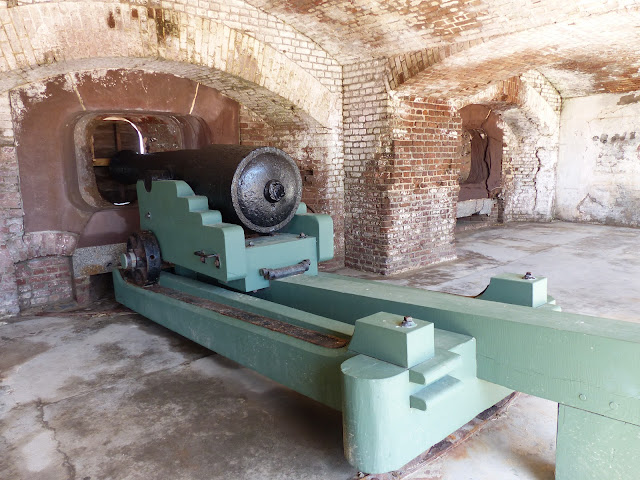This is where it all happens, a seemingly small building on a road to a residential neighborhood. Multiple times every year, this is the scene of a massive crowd gathered to get their pets spayed or neutered. Veterinarians and Vet Techs from neighboring cities come to our town to help provide free spay/neuter procedures for animals whose owners cannot afford the cost of having it done at a local veterinarian. In one year, at the end of this past June, this clinic program has managed to spay/neuter 1977 animals and administer 2600 rabies vaccinations.
This clinic always draws a crowd, and this time I got to see part of the process that goes into this event. This street doesn't usually have cars parked along each side, unless it's clinic day.
A friend made me aware of a couple living on our street whose dog had a litter of 6 puppies that were about 9 months old. What is worse, mama dog had another litter that was about a month or so old - 7 of them! Through a series of visits with a translator, I was able to let them know about the clinic and that we could bring all the dogs in, except for the very young litter. Thanks to the SBPA organization, I was given help and information as well as the loan of crates to help get them to the clinic.
On the clinic day, the dogs were loaded and we went to the clinic to get the necessary paperwork done. Even though it was shortly after 7 AM, there was a crowd. There was lots of barking and meowing from all the animals who realized this was not going to be a fun day for them. After the paperwork, the animals were weighed and labeled and put in separate crates, ready for surgery.
The photo below shows a crowd of people still waiting a few hours after I had left the clinic. When the animals are finished and out of recovery, the owners are called so that they can be picked up.
The day of this clinic, over 100 animals were taken care of, when they expected to treat only about 50. It was a 12 hour day for the doctors as well as the support staff. This clinic does a great job taking care of the animals in our little town, and I was very pleased to have been able to work with this organization to help the animals. I have put my name on the list of volunteers to help in future programs or events.

Anyone interested in further information about this organization can visit these links https://www.sbpasancarlosmexico.com/












































